
Excerpt from Easy Bible Marking Guide
I love Bible marking. I’ve developed my marking methods since the early 80’s and it changes a little every time I change my primary Bible. Easy Bible Marking Guide is my Kindle book that details my Bible marking methods. This post is an excerpt that ebook.
Why Mark Your Bible?
Bible marking is a form of inductive study and can be a great way to interact with the scriptures. Your marked Bible will be a reflection of your study of God’s Word. It becomes personal. Over time, it becomes a companion and an invaluable study Bible. No two marked Bibles are alike. Your marked Bible will be uniquely yours.
Rightly dividing the Word of God is in itself a lifetime of study; marking your Bible helps in that study. Bible marking helps in remembering what you’ve learned, helps with memorizing scripture, and helps in understanding the proper context.
Marking the Bible helps us to wield the sword in battle or witness the Gospel message by making it easier to find specific verses. Marking your Bible helps you to compare scripture with scripture. For example, if you’re using a color-code you can simply look through the text for a certain color for every verse on a specific topic. This works really well for a topical Bible study. The point is to dig into God’s Word. The Word of God is a treasure, so seek to learn it, hide it in your heart, understand it, and treasure it.
There are many marking methods covered in this guide. It is possible to mix many of them but not all marking methods will work well together. I recommend trying different methods in different Bibles because each method has a different purpose.
Marking Tools
When marking in your Bible you should use good quality tools. There are many tools to choose from, such as pens, pencils, markers, highlighters, color pencils, rulers, and more. I use markers and color pencils. It is best to use markers that don’t bleed though and color pencils that don’t leave marks or indentions in the page.
Caution
Although these marking methods work for almost any type of Bible, not every type of Bible is suitable for marking. You will have to use your own discretion when choosing whether or not to mark in your Bible.
Use all marking tools with caution. I am not telling you these marking tools will work in your Bible. I am not responsible for any damage you do to your Bible. What you do to your Bible is your responsibility. I am simply telling you what works for me. Please be careful.
I recommend marking in something less important than your Bible if you’re not completely sure a marker, pen, or highlighter is safe for you Bible. I also recommend marking something less important than your Bible text before you mark the Scriptures in your Bible. Here are the tools I use.
Markers and Pens
I recommend getting good quality pens for marking your Bible. Marks that bleed through and smear look terrible in your Bible. Use pens or pencils that don’t leave indentions in the paper, bleed through, fade, or smear. My favorite markers are Pigma Micron.
Pigma Micron markers come in many colors and sizes. I recommend a tip size of 005 for marginal notes and 05 for underlining. There are 14 colors available (in 05) and they come in several different tip sizes. They are archival quality- meaning that they do not fade over time. This will keep your notes and symbols readable for years to come.
For my own methods I use four colors: black for taking notes, blue for writing the name of the topic (or a symbol such as a circle, square, letter, or number if I don’t want to take up as much room- the same symbol would be drawn at the beginning of the word or phrase in the text), red for definitions, and green for study systems that I’m taking from other Bibles and for my memory verses. I circle the verse number to indicate that it’s in my memory list. We’ll get into more on this a little later.
Color Pencils
Pencils can leave indentions in the pages which can be seen through several pages, especially if you press hard on the page. This is more likely to happen with thinner paper. I like pencils that do not take much pressure to apply the color. This way I don’t leave those indentions.
Some colors can be difficult to see through, but they might be good for underlining or drawing boxes around the text instead of highlighting the text itself. Keep in mind that the thinner your paper is the softer the pencil needs to be. If you text is faint then don’t put as much pressure when coloring or your text might be difficult to read.
My favorite pencils for coloring are PrismaColor. PrismaColor pencils are high-quality pencils that do not indent the page, smear onto the opposing page, or bleed-through. PrismaColor pencils can be bought individually for $1.50 each.
There are many other options for color pencils. I recommend a more expensive pencil as they tend to be softer and brighter. Cheaper pencils, such as Crayola, are not as soft as PrismaColor so the colors are not as rich and you might have to put more pressure on the page which can result in those indentions I referred to earlier. I used them in my Thompson Chain Reference, which has thin paper, and the colors smeared onto the opposing page and left indentions in the paper. I won’t use them again in a Bible with thin paper. No matter which pencil you choose, make sure you practice on something before trying them on your main Bible.
Highlighters
There are two main types of highlighters: dry and wet. Dry highlighters are good for Bible marking. Wet highlighters should be used with caution.
Dry highlighters are usually the type of highlighters found in Bible highlighting kits. Most kits come in four colors: pink, yellow, light blue, and light green, but there are a few kits that two or three more colors. Depending on your marking style and how you use color, this might be all you need.
Wet highlighters can bleed through the page. These are the most common highlighters found in office supply stores. I do not recommend using wet highlighters in your Bible, although I’ve seen a few people use them successfully. I tried them when I first started marking my Bible and I haven’t been brave enough to use them since. If you do want to try them, be sure to mark in a less important area before marking your Bible text.
To be safe, I recommend buying a highlighter kit that is labeled for Bible marking. These are usually dry highlighters.
The Best Way to Choose
The safest and best way to know what will work in your Bible is to go to Christianbook.com and type “Bible marking” in the search bar. If you want, you can filter the search by selecting “Bible Accessories” and then “Markers” on the left of the page. This will give you a list of markers that are made specifically for marking in your Bible. Here’s a shortcut that contains an affiliate link for Bible Buying Guide: Bible Markers at Christianbook.
Writing in Your Bible
Many of us don’t feel comfortable writing in our Bibles. The more expensive the Bible the harder it is to take a pen to it and start writing. I find this to be true whether I’m writing through the text or just using any blank pages in the back. Bibles have limited space, so the markings need to be useful. Here are a few tips to help get you started writing in your Bible.
Practice First
Print out a Bible page and practice before writing in your Bible. You can print a page by highlighting the text from an online Bible, download a printable Bible, or print a Bible from software on your computer. This will allow you to get more comfortable marking the text before writing in your own Bible. Regular paper will not have the same texture and qualities as your Bible paper, so this won’t tell you if a marker will bleed through your Bible or not, but it will let you know what to write and how before you start writing in your Bible.
Buy a cheaper Bible and practice. You don’t have to start with the most expensive Bible. I started with an inexpensive Bible and developed my own system. I learned what I liked and didn’t like and bought another Bible and started over. I did this several times until I was ready to write in a better quality Bible.

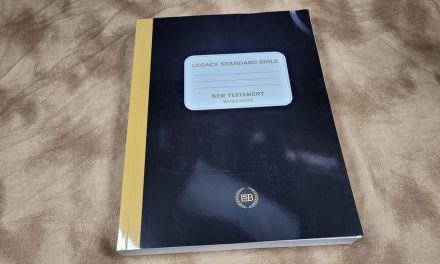
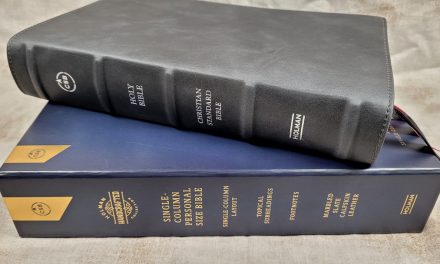
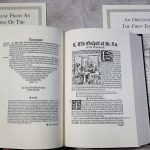



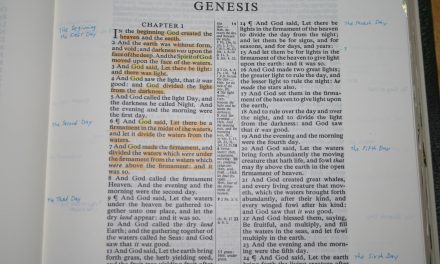
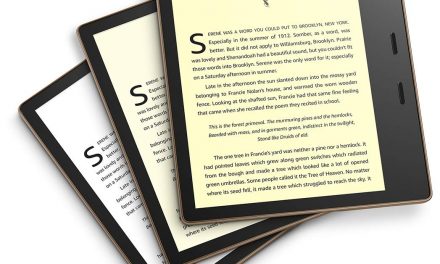



Dear Randy:
A good job again. I am not however, sold on the idea of marking my bibles. In the past I have gone back to read textbooks that I had marked up and wondered why I marked them. I either must learn to mark up text that will stand the test of time, or continue to rely on notebooks. I’ve found that after a little time, the passages I marked are not the ones I would choose to mark in the present. Until I can look into the future, I believe I will leave my bibles unmarked.
Yours in Christ
Don Denison